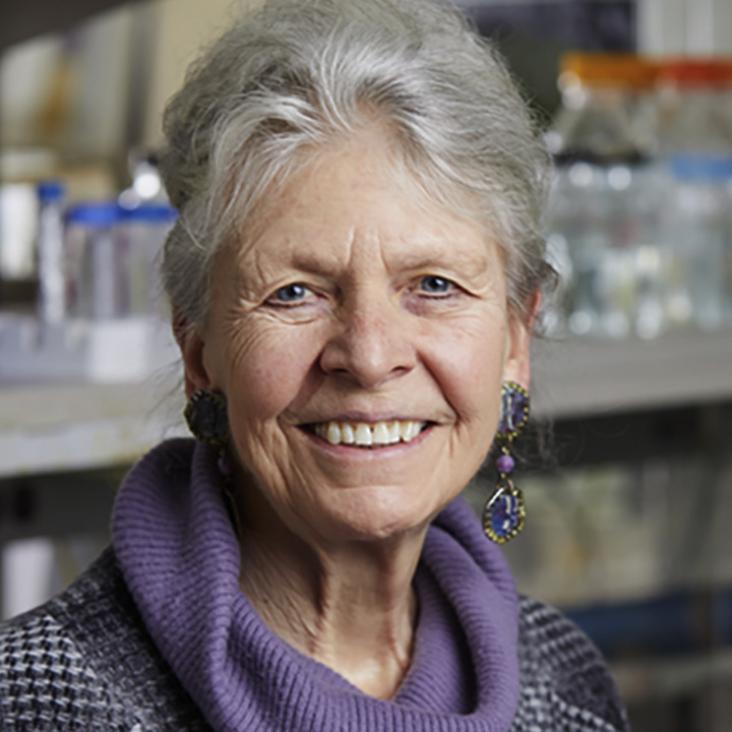Sexual and Gender Based Violence (SGBV) in Kenya is highly complex requiring a multi-sectoral approach for comprehensive management.
Background: Breast cancer is the second leading cause of cancer death for women in the United States and mortality from cancer is more common among individuals in the Appalachian region compared to th
To advance goal 5, this report seeks to bridge the gap in the conversation around gender equality by demonstrating that when more women are in corporate decision-making positions, their companies benefit - as do society and the environment.
This report provides guidance for companies to take concrete actions to integrate women's health and empowerment in their policies, systems, and operations, furthering SDGs 3, 5 and 8. The framework is based on lessons learned from consultations with companies, non-governmental organizations, and women's health programs in order to provide best practices for investing in workplace women's health and empowerment.
To advance goal 5, XpertHR have recorded a webinar that discusses the steps employers are taking to address or improve the gender pay gap within their organisations.
This paper examines the potential and limitations of SDG 5 (Gender Equality) in helping to achieve household food security.
There is currently much interest in identifying and mitigating gender inequity within medicine, the greater workforce and society as a whole.
This book chapter addresses SDG 5 and 8 by explaining the stereotype and stereotype threat that presents difficult challenges to women in STEM. This dual hazard impacts standardized testing as well as workplace acceptance and success.
This book chapter addresses SDG 5 and 8 by showcasing how gendered communication styles affect workplace interactions and performance, and STEM fields, which are traditionally male-dominated, frequently exhibit masculine practices that limit women.

